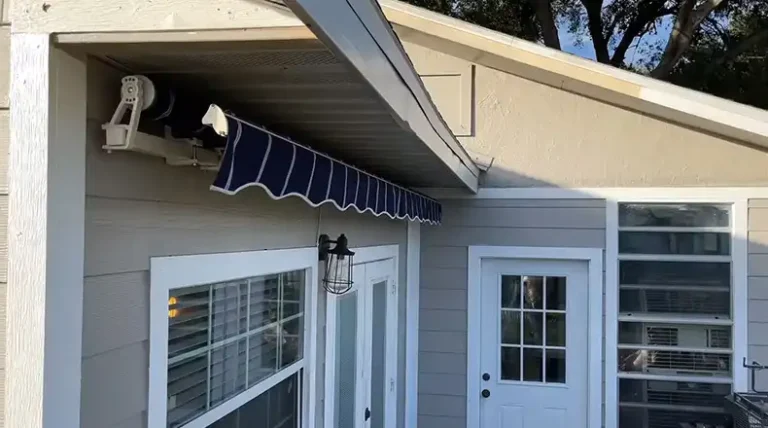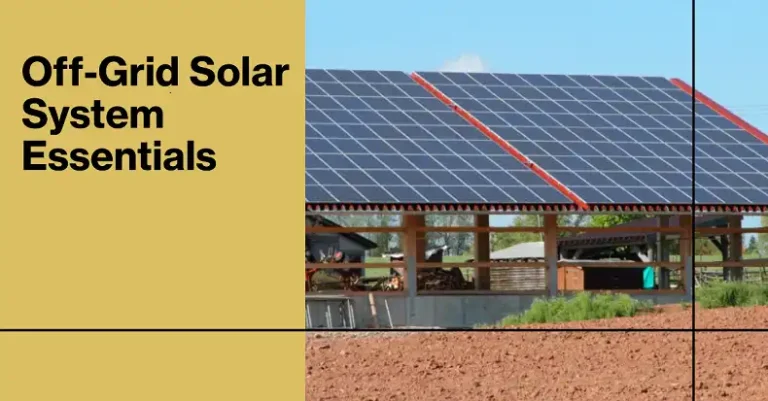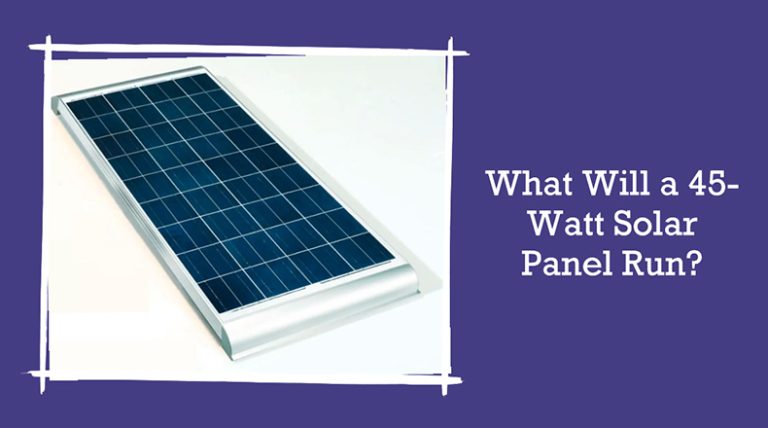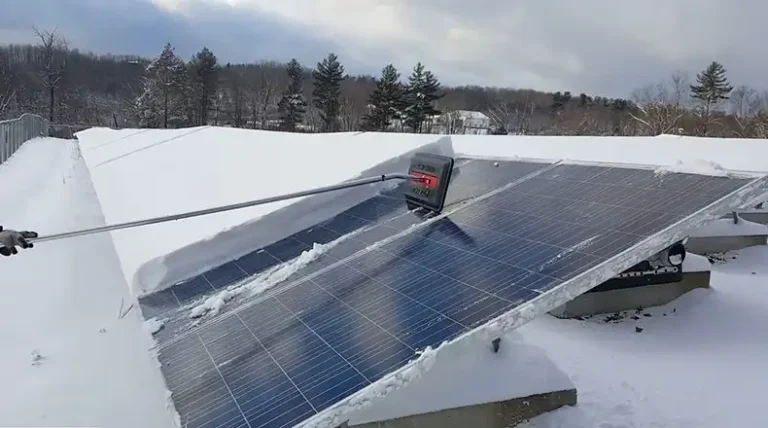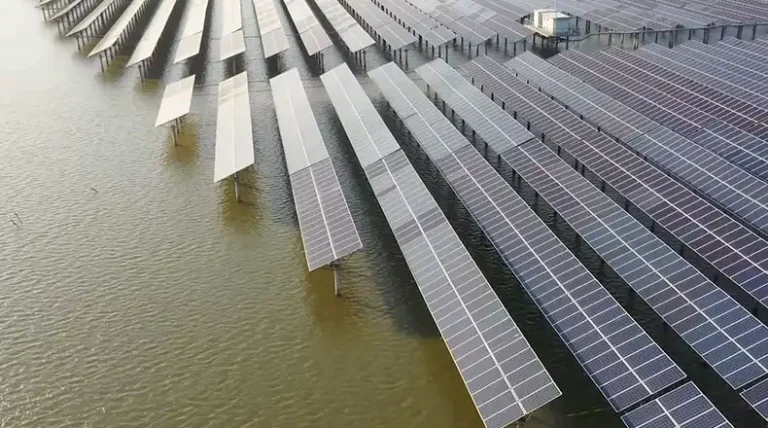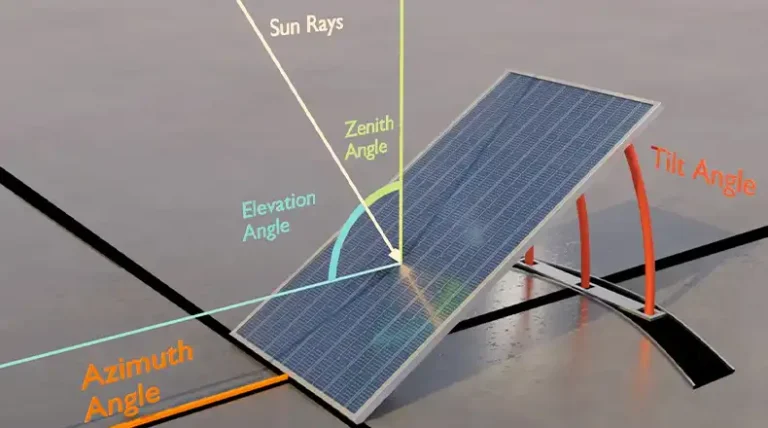Ideas For Best Solar Indoor Lighting System
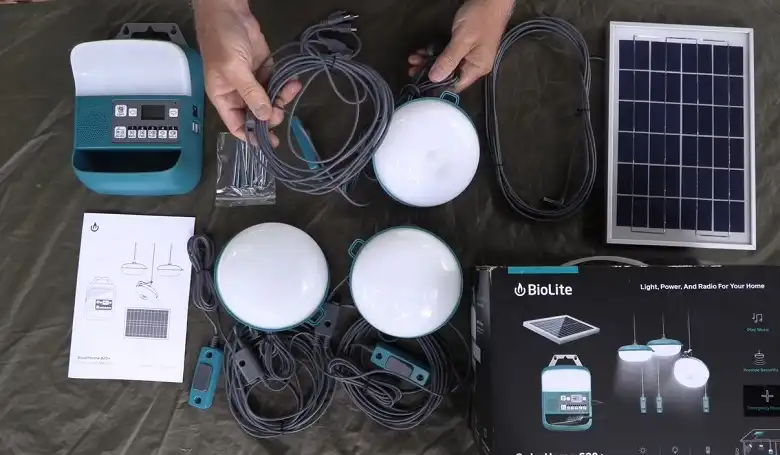
Solar lighting systems have become an increasingly popular solution for off-grid cabins, remote homes, and even as backup power sources.
Whether you’re looking to illuminate a small weekend getaway or provide reliable lighting for a full-time residence, solar-powered options offer flexibility, sustainability, and independence from the grid.
The key to a successful solar lighting setup lies in choosing the right system for your needs, which may range from simple portable lights to more complex installations with multiple components.
In this article, we’ll explore various solar lighting options, discuss important factors to consider when selecting a system, and provide tips for installation and maintenance.
By understanding the basics of solar lighting, you can make an informed decision that will keep your space bright and eco-friendly for years to come.
Types of Solar Lighting Systems
When it comes to solar lighting for indoor spaces, there are several options to choose from. Each type has its own advantages and is suited for different needs and situations. Let’s explore the main categories of solar lighting systems:
All-in-One Portable Solar Lights
For those seeking a simple, no-fuss solution, all-in-one portable solar lights can be an excellent choice. These compact units typically include a small solar panel, battery, and LED light all in one package. They’re ideal for:
- Providing light in small spaces
- Temporary or occasional use
- Easy portability between locations
Many of these lights come with USB charging capabilities, allowing you to power small devices as well. While they may not offer the same level of brightness or longevity as larger systems, they’re perfect for basic lighting needs in a pinch.
12V DC Solar Systems
A step up from portable lights, 12V DC solar systems are a popular choice for off-grid cabins and small homes. These systems consist of:
- Solar panels
- A charge controller
- Deep cycle batteries
- 12V DC LED lights
One of the main advantages of 12V systems is their simplicity and efficiency. By using DC power directly, you avoid the energy loss associated with inverters. This makes them an excellent choice for those primarily concerned with lighting and charging small devices.
However, it’s important to note that 12V systems require careful planning of wire runs to minimize voltage drop, especially for longer distances. You’ll also need to use specific 12V appliances and lights, which may limit your options compared to standard 120V AC systems.
Solar Power Stations with Inverters
For those needing more versatility and power, solar power stations with built-in inverters offer a comprehensive solution. These units typically include:
- A lithium-ion battery bank
- An inverter for producing 120V AC power
- Multiple output options (AC outlets, USB ports, 12V DC)
- Built-in charge controller
- Option to connect external solar panels
The main advantage of these systems is their ability to power both DC and AC devices, giving you the flexibility to use standard household appliances and lights. They’re also highly portable, making them suitable for both permanent installations and temporary use.
While these power stations offer great convenience, they tend to be more expensive than simpler systems and may have limited expansion options.
Components of a Solar Lighting System
Understanding the key components of a solar lighting system is crucial for making informed decisions about your setup. Let’s break down each element:
Solar Panels
Solar panels are the heart of any solar lighting system. They convert sunlight into electrical energy, which is then stored in batteries for later use. When choosing solar panels, consider:
- Wattage: Higher wattage panels produce more power but are larger and more expensive.
- Type: Monocrystalline panels are generally more efficient but costlier than polycrystalline options.
- Portability: Fixed panels offer better long-term performance, while portable panels provide flexibility.
Charge Controllers
A charge controller regulates the flow of electricity from the solar panels to the batteries, preventing overcharging and extending battery life. There are two main types:
- PWM (Pulse Width Modulation): More affordable but less efficient.
- MPPT (Maximum Power Point Tracking): More expensive but can increase charging efficiency by up to 30%.
Batteries
Batteries store the energy collected by solar panels for use when sunlight isn’t available. The two main types to consider are:
- Lead-acid: Less expensive but heavier and shorter-lived.
- Lithium-ion (especially LiFePO4): More expensive upfront but lighter, longer-lasting, and able to discharge more deeply.
When sizing your battery bank, consider your daily power needs and how many days of autonomy you require.
Inverters (if using AC lights)
If you plan to use standard AC appliances or lights, you’ll need an inverter to convert the DC power from your batteries to AC. Look for pure sine wave inverters for the best performance and compatibility with sensitive electronics.
LED Lights
LED lights are the most efficient option for solar lighting systems. They use significantly less power than traditional incandescent or even CFL bulbs, allowing you to get more light for less energy. Consider factors like:
- Lumens (brightness)
- Color temperature (warm vs. cool light)
- Voltage (12V DC vs. 120V AC)
Factors to Consider When Choosing a Solar Lighting System
Selecting the right solar lighting system involves balancing several factors to meet your specific needs. Here are the key considerations:
Power Needs and Usage Patterns
Start by assessing how much light you need and when you’ll be using it. Consider:
- The number and type of lights you plan to use
- How many hours per day you’ll need lighting
- Any additional devices you might want to power
This information will help you determine the size of the solar panel and battery bank you’ll need.
Available Sunlight
The amount of sunlight your location receives greatly impacts the effectiveness of your solar system. Consider:
- Your geographical location and typical weather patterns
- Shading from trees or nearby structures
- The best orientation for your solar panels
In areas with less sunlight, you may need larger panels or a bigger battery bank to compensate.
Budget
Solar lighting systems can range from very affordable to quite expensive. Consider:
- Initial costs vs. long-term savings
- The quality and lifespan of components
- Potential for future expansion
While it can be tempting to opt for the cheapest option, investing in quality components often pays off in the long run.
Ease of Installation and Maintenance
Think about your comfort level with DIY projects and your willingness to perform regular maintenance. Some systems are virtually plug-and-play, while others require more technical know-how to install and maintain.
DIY vs. Pre-made Solar Lighting Solutions
When it comes to setting up a solar lighting system, you have two main options: building your own system from individual components or purchasing a pre-made solution. Let’s explore the pros and cons of each approach.
Building Your Own System
Pros:
- Greater customization and flexibility
- Potential cost savings for larger systems
- Ability to upgrade or replace individual components
Cons:
- Requires more technical knowledge
- Time-consuming to research and assemble
- Potential for compatibility issues between components
If you’re comfortable with electrical systems and enjoy DIY projects, building your own system can be rewarding and cost-effective, especially for larger setups.
Pre-made Solar Lighting Solutions
Pros:
- Easier to set up and use
- Guaranteed compatibility between components
- Often more portable and compact
Cons:
- Less flexibility for customization
- May be more expensive for equivalent power
- Limited upgrade options
For those prioritizing convenience or lacking technical expertise, pre-made solutions like the Jackery or Ecoflow power stations can be excellent choices.
Installation and Maintenance Tips
Proper installation and maintenance are crucial for getting the most out of your solar lighting system. Here are some key tips to keep in mind:
Proper Placement of Solar Panels
- Orient panels towards the south in the Northern Hemisphere
- Aim for a tilt angle roughly equal to your latitude
- Avoid shading from trees, buildings, or other obstacles
- Clean panels regularly to maintain efficiency
Battery Care and Replacement
- Keep batteries in a cool, dry place
- Avoid deep discharges, especially with lead-acid batteries
- Check water levels in flooded lead-acid batteries regularly
- Replace batteries when they no longer hold a sufficient charge
Wiring Considerations
- Use appropriately sized wires to minimize voltage drop
- Ensure all connections are secure and protected from the elements
- Consider using conduit for added protection of wiring
- Install fuses or circuit breakers to protect against short circuits
Expanding Your Solar System
As your needs grow or your budget allows, you may want to expand your solar lighting system. Here are some considerations for upgrading:
Adding More Lights or Appliances
- Assess your current system’s capacity before adding new loads
- Consider upgrading to more efficient LED bulbs to free up capacity
- Use energy-efficient appliances to maximize your system’s capabilities
Upgrading Components
- Increase solar panel capacity to generate more power
- Upgrade to a larger battery bank for more storage
- Consider switching to lithium-ion batteries for better performance
- Upgrade your inverter if you need to power more AC devices
When expanding, ensure that all components remain compatible and properly sized for your new configuration.
Final Words
Solar lighting systems offer a sustainable and flexible solution for illuminating off-grid spaces, from small cabins to full-time residences.
By understanding the different types of systems available, the key components involved, and important factors to consider, you can make an informed decision that best suits your needs and budget.
Whether you opt for a simple portable light, a basic 12V DC system, or a more comprehensive power station with an inverter, solar lighting can provide reliable, eco-friendly illumination.
Remember to carefully assess your power needs, available sunlight, and comfort with installation before making a choice.

